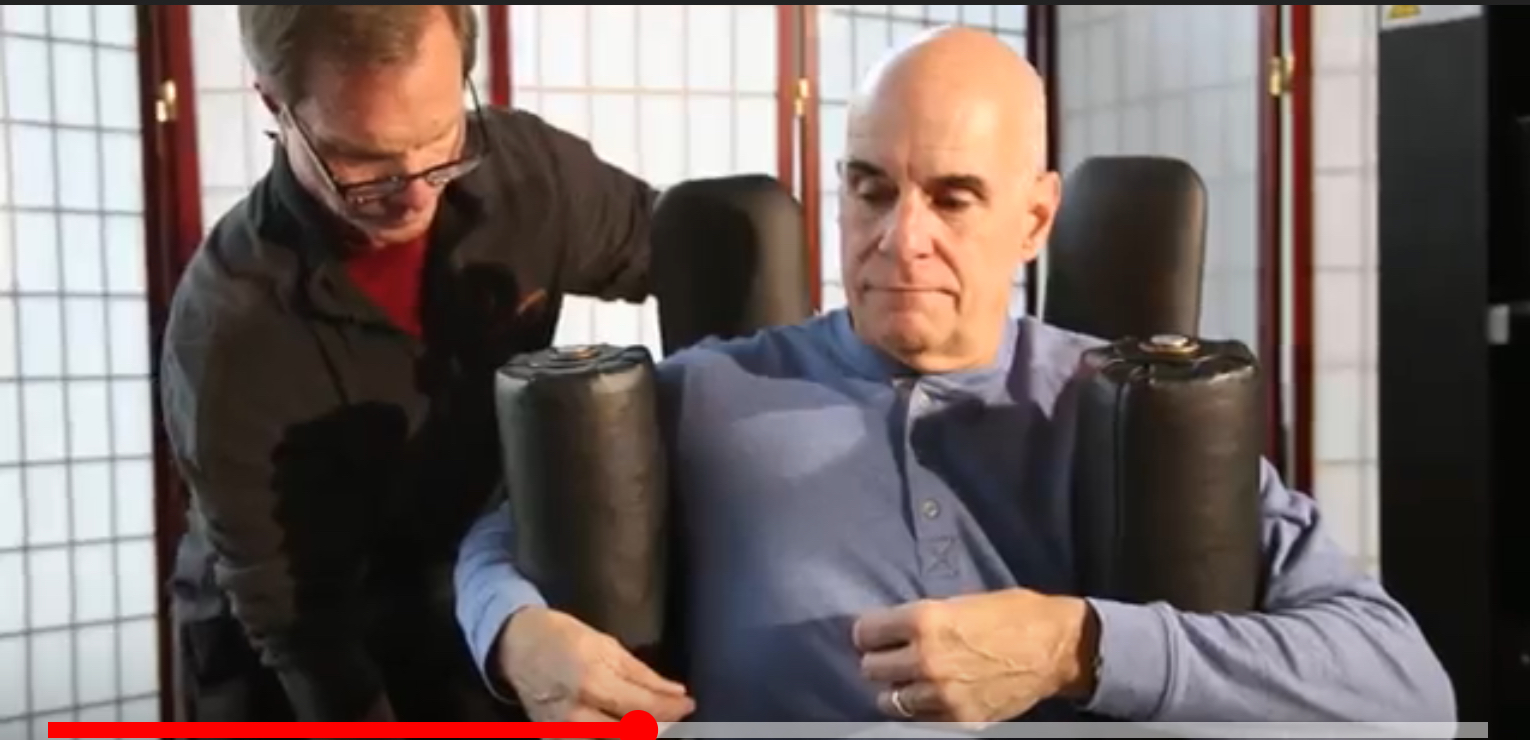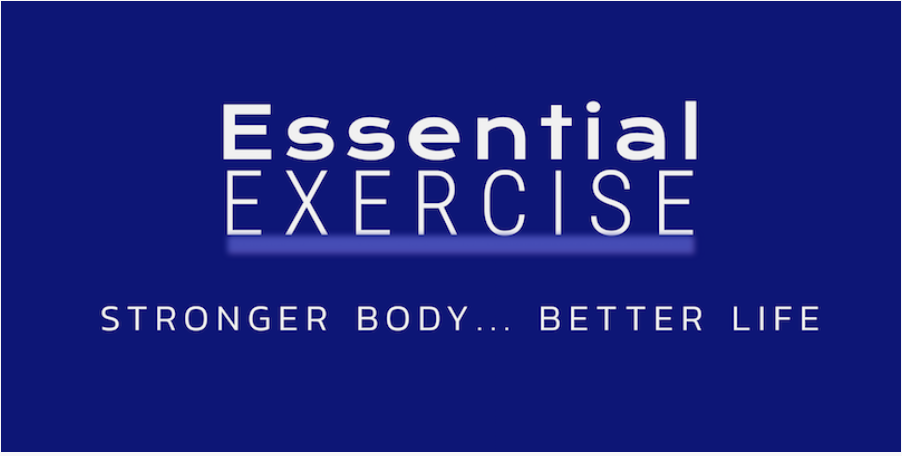Lift for Health vs Lift for Sport
Health conditioning is a process of physical exertion that fatigues the muscles to stimulate physiological improvement. Over a few decades, I have supervised over twenty thousand workouts. During that time, I have improved my ability to explain how to perform an exercise session safely, efficiently, and effectively. Over that same period, I have yet to make much progress in explaining the purpose of an exercise session. While many people believe that strength training is the best way to achieve their goals, it is easy to confuse strength training with the sport of weight lifting. Essential Exercise involves lifting weights, but lifting weights is not the fundamental objective, unlike a weight-lifting contest where the aim is to lift weights. The real purpose of each exercise at Essential Exercise is to produce a high degree of momentary fatigue. This fatigue is the stimulus that drives the over-compensation response of the body, which takes place during the days following the workout. It may be helpful to generalize the difference in purpose between lifting a weight to improve health compared to lifting a weight as a sport: Essential Exercise (Good Workout) Each exercise begins with a gradual build-up of force. Slow movement. Momentum is minimized. Muscle engagement is intentionally limited to target muscles. Breath is not held. Each exercise is performed in a way to maximize fatigue in the muscles. The workout is intended to stimulate the body to increase strength. Weight Lifting Contest (Bad Workout) Begin each movement with a rapid increase in force. Quick movement. Momentum is maximized. Muscle engagement is not intentionally limited. Breath is held. Each movement is performed in a way to move the weight with as little fatigue as possible. The contest is intended to allow participants to display their ability to move as much weight as possible.





